
Seascape Alaska 3: Aleutians Remotely Operated Vehicle Exploration and Mapping (EX2304)
Past Expedition
Expedition Summary
From July 14 – July 25, NOAA Ocean Exploration and partners conducted the third in a series of Seascape Alaska expeditions on NOAA Ship Okeanos Explorer. Over the course of 12 days at sea, the team conducted 6 full remotely operated vehicle (ROV) dives, mapped nearly 16,000 square kilometers (6,180 square miles), and collected a variety of biological and geological samples. When combined with numerous biological and geological observations, data from the Seascape Alaska 3: Aleutians Remotely Operated Vehicle Exploration and Mapping expedition will help to establish a baseline assessment of the ocean environment, increase understanding of marine life and habitats to inform management decisions, and increase public awareness of ocean issues. View full expedition summary.
Operational Summary
- Days at sea: 12
- Full ROV dives: 6, ranging in depth from 780 to 2,800 meters (2,559 to 9,186 feet)
- Biological samples collected: 22 primary samples, 31 associates
- Geological samples collected: 6
- Water samples collected for eDNA analysis: 28
- Seafloor area mapped: nearly 16,000 square kilometers (6,180 square miles)
- Science party participants: +40, from 5 countries
- Live video views: Approximately 21,800
During the Seascape Alaska 3 expedition, the team completed a total of six full remotely operated vehicle (ROV) dives, exploring sites ranging from the water column to an extensive gas seep covered with tubeworms and an amazing coral garden. The data collected during mapping and ROV operations throughout the expedition will help to fill some of the gaps in our understanding of the deep waters around the Aleutian Islands. Video courtesy of NOAA Ocean Exploration, Seascape Alaska. Download largest version (mp4, 274.2 MB)
Features
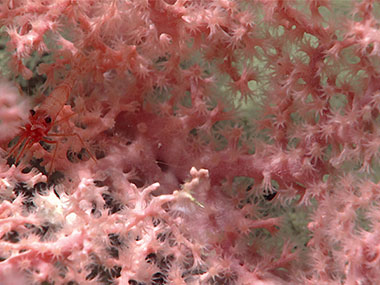
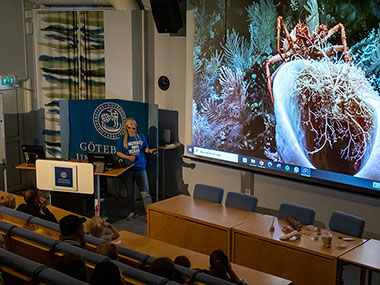
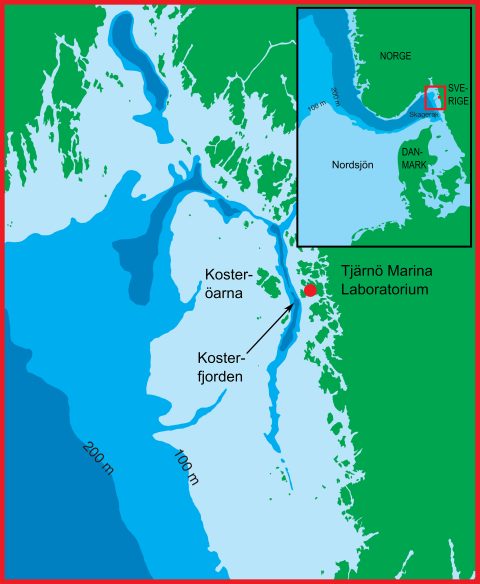
View Less
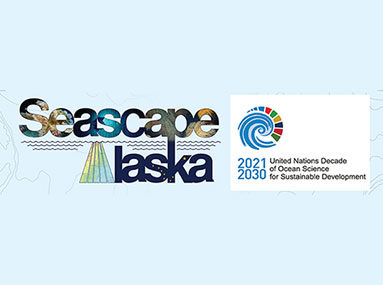
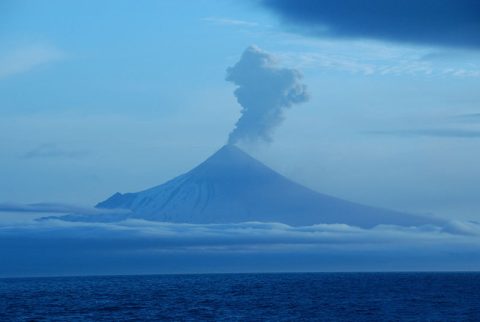
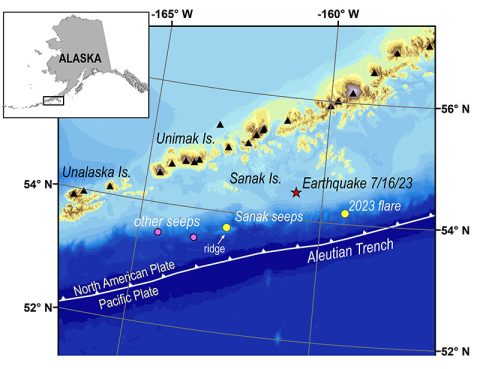
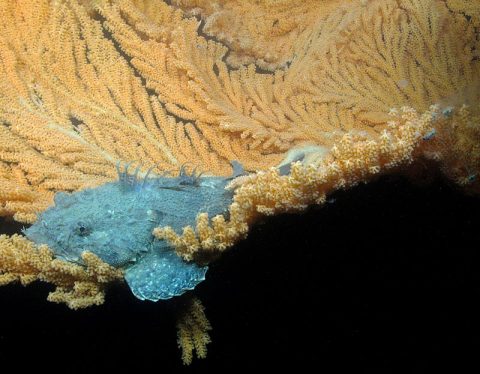
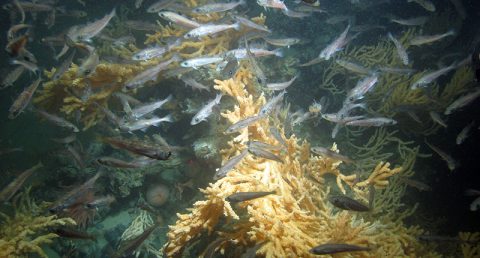
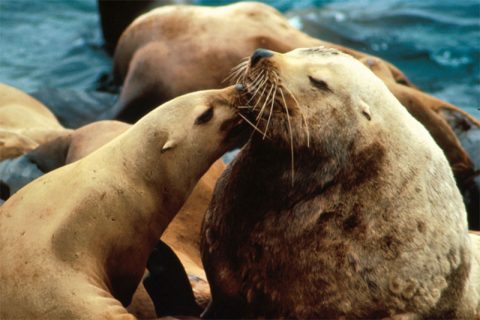
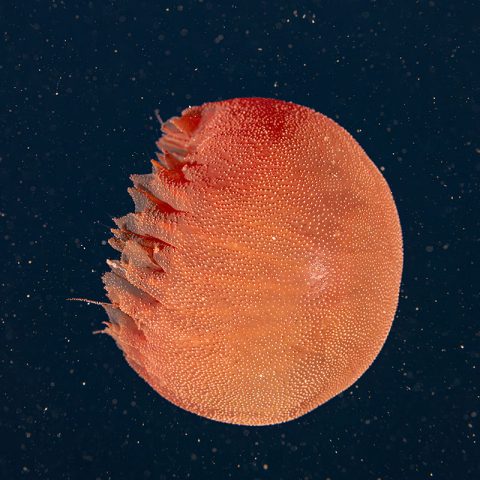
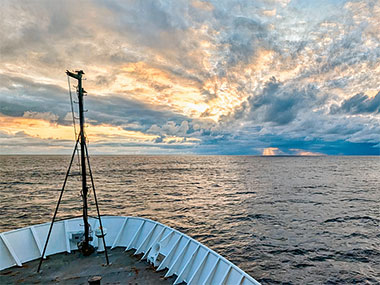
Multimedia
Featured multimedia assets associated with this project.
Dive Summary Map
The map below shows the location of dives during the expedition. Click on a dive number to access the update from that day.
Education
Our Learn & Discover page provides the best of what the NOAA Ocean Exploration website has to offer to support educators in the classroom during this expedition. Each theme page includes expedition features, lessons, multimedia, career information, and associated past expeditions. Below are related top education themes for this expedition.
Meet the Exploration Team
Learn more about the team members and their contributions to this project.

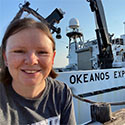



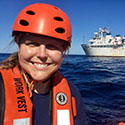
Resources & Contacts
-
Emily Crum
Communication Specialist
NOAA Ocean Exploration
ocean-explore-comms@noaa.gov -
Keeley Belva
Public Affairs Officer
NOAA Office of Marine and Aviation Operations
keeley.belva@noaa.gov
